Terminal
-
Blog
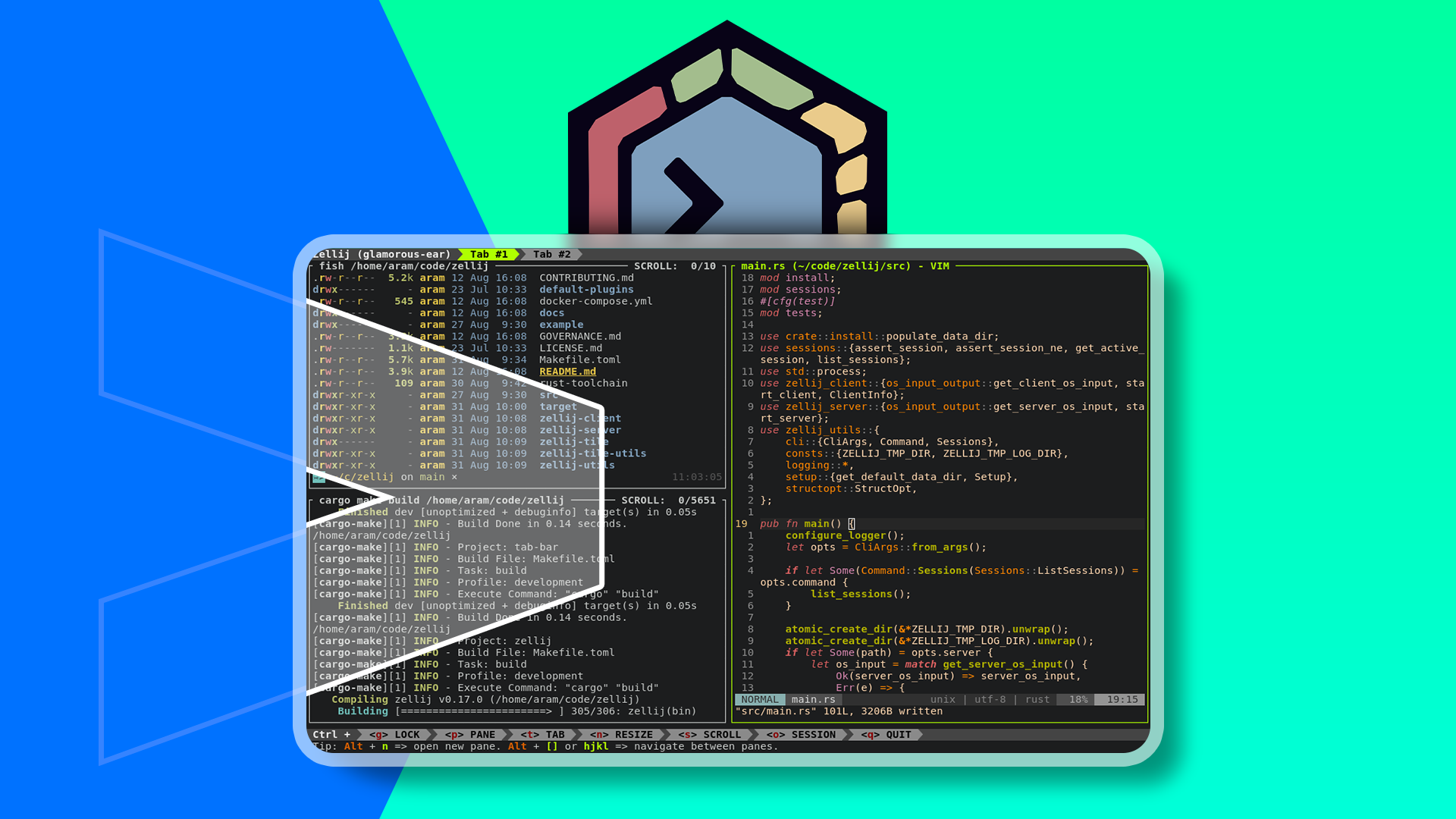
This Terminal Multiplexer Is So Much Better for Beginners Than Tmux
Managing lots of terminal windows can be a chore, and terminal multiplexers are often the go-to solution. However, you’ve probably found tmux difficult to configure, especially as a beginner. There is an easier alternative: Zellij, which works out of the box with zero configuration. Terminal Multiplexers Are Like Window Managers for the Terminal For those that don’t know, a terminal…
Read More » -
Blog

How to Get Started With Regular Expressions in the Linux Terminal
Searching your file system can be tricky. For example, do you sometimes find it difficult to be specific or exact? Or perhaps it’s too noisy? Regex can solve these issues and more. It’s powerful, universal, and flexible, and the basics will carry you a very long way. What is Regex? Regex is a pattern-matching language; it’s a way to expressively…
Read More » -
Blog
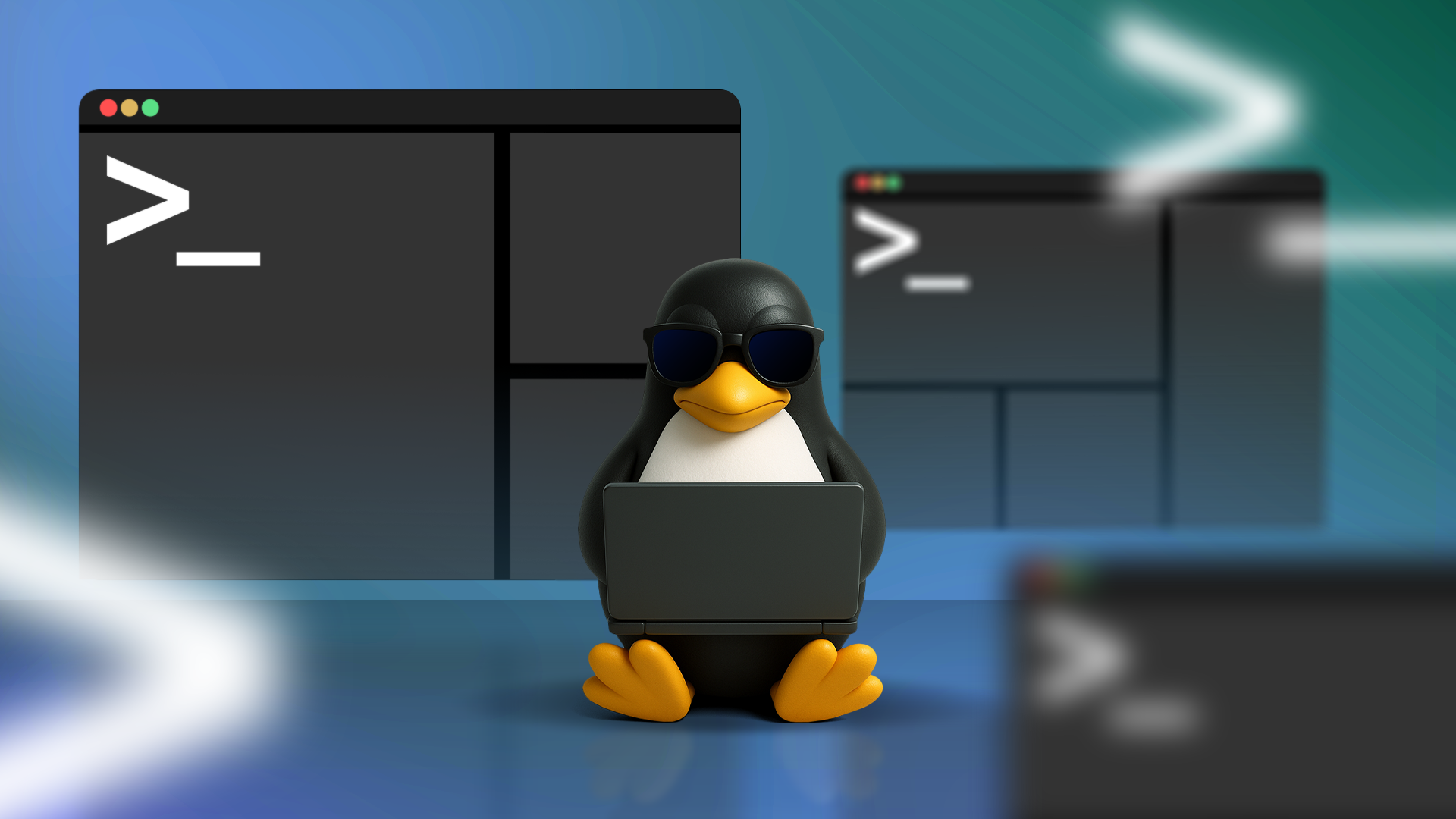
13 Time-Saving Linux Terminal Tricks You Should Be Using
When using the Linux terminal, we often make mistakes. At other times, tasks feel just plain tedious. Fortunately, there are many terminal tricks that help you amend those mistakes and perform the tedious tasks easily. Let’s explore some of those tricks in this guide. 13 Run the Previous Command With sudo We’ve all been there. You type a command, hit…
Read More » -
Blog
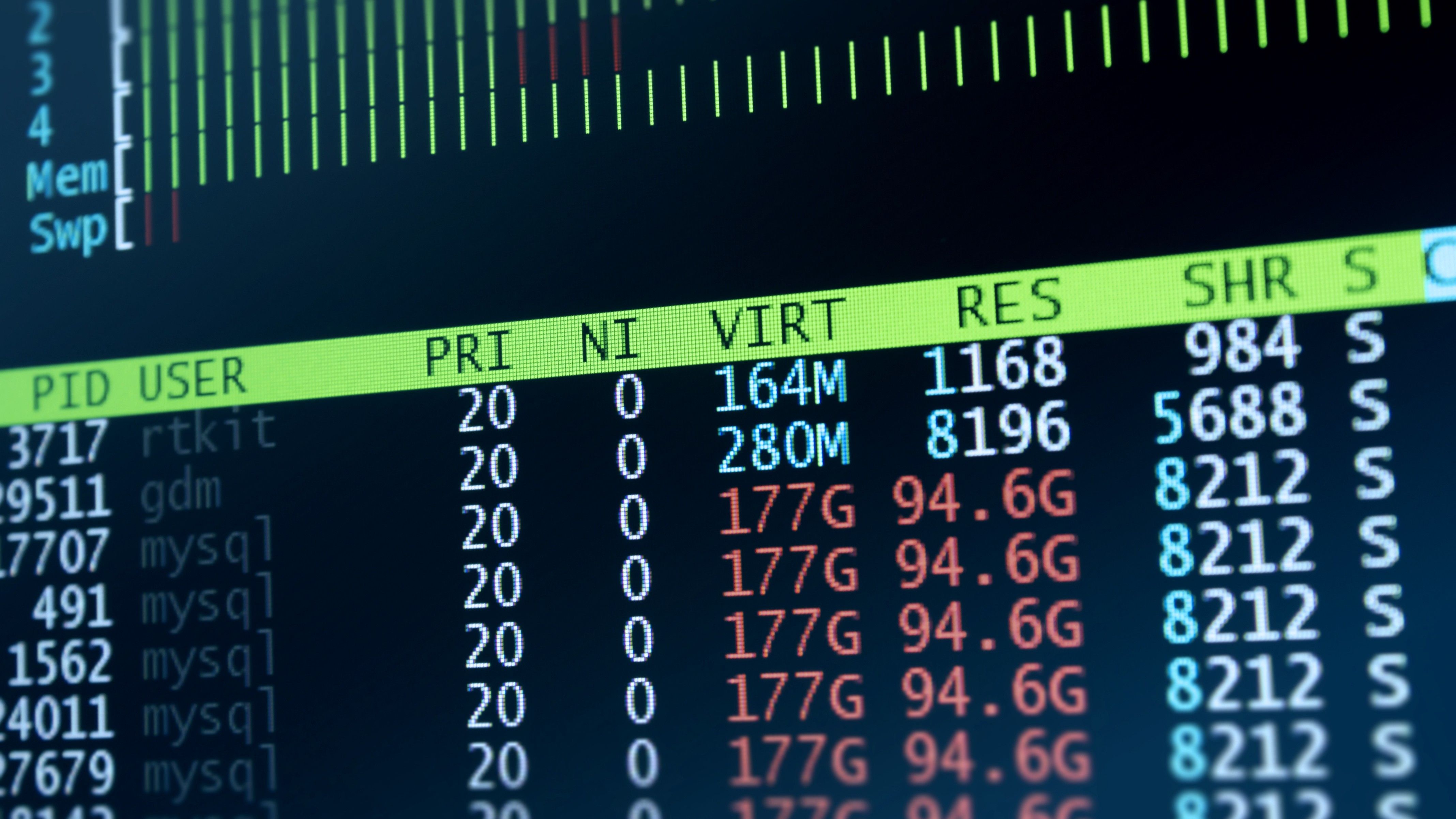
5 Great Linux Utilities to Monitor Your System Resources in the Terminal
Although the standard Linux utilities have served us well over the years, in some scenarios they fall short. If you’ve ever found yourself writing a one-liner to poll a command or struggling to parse a badly formatted table, then it’s a clear sign that the tools at hand are lacking. What you need are better tools; what I have are…
Read More » -
Blog

Terminal Multiplexers Explained, and Why You’d Use One
Summary Terminal multiplexers allow you to run multiple commands in different virtual terminals within one terminal. Multiplexers like tmux let you run commands over remote connections without losing progress due to network interruptions. Popular options include GNU Screen, tmux, and Byobu. If you work on remote Linux sessions, you’ve probably felt the pain of your connection going down in the…
Read More » -
Blog
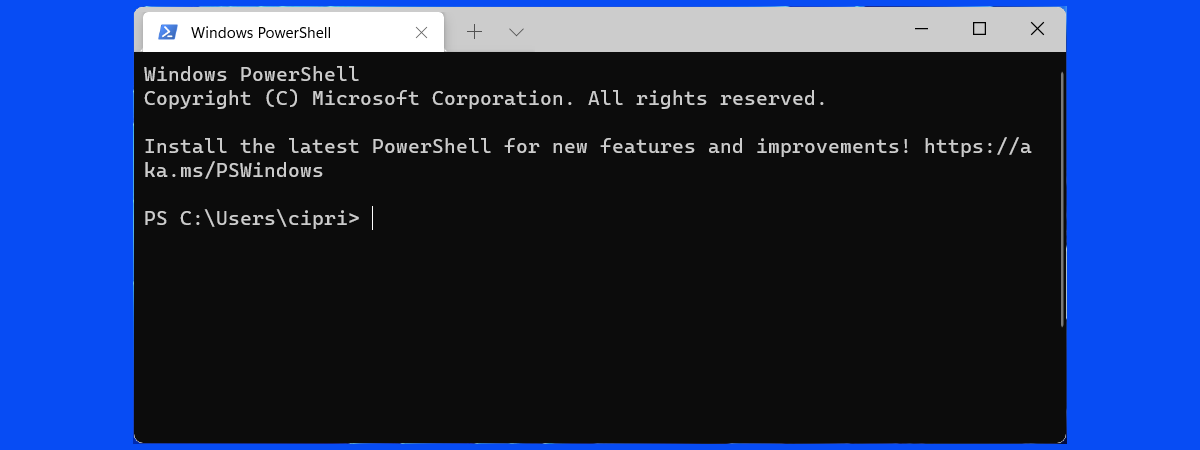
How to customize Windows Terminal Profiles
Whether you’re running PowerShell for system tasks, using Command Prompt for legacy applications, or working with Linux and WSL (Windows Subsystem for Linux), Windows Terminal allows you to customize each environment with unique settings and visual styles. In this guide, I’ll explain every option available in the profiles’ settings interface. From time to time, I’ll also give you some ideas…
Read More » -
Blog
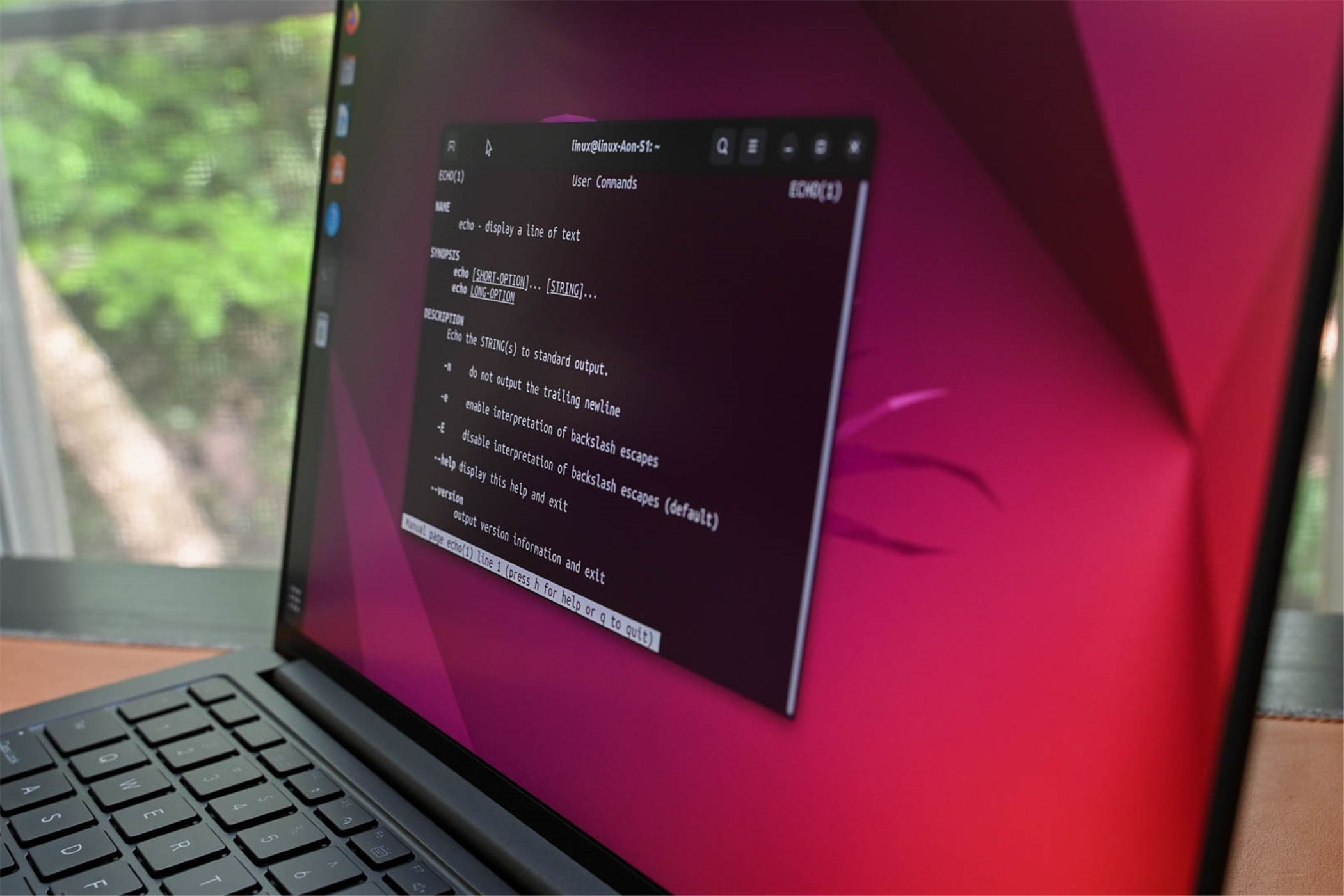
This Linux Terminal Tool Supercharges the history Command
Summary The history command stores and displays previous commands, but Atuin enhances this with cross-host sync and a powerful interface. Atuin replaces the default history functionality, improving navigation and search through a TUI and advanced features. Atuin can be easily installed and customized, offering context-specific history, stats, and many configurable options. Spending all day tapping those arrow keys in the…
Read More » -
Blog
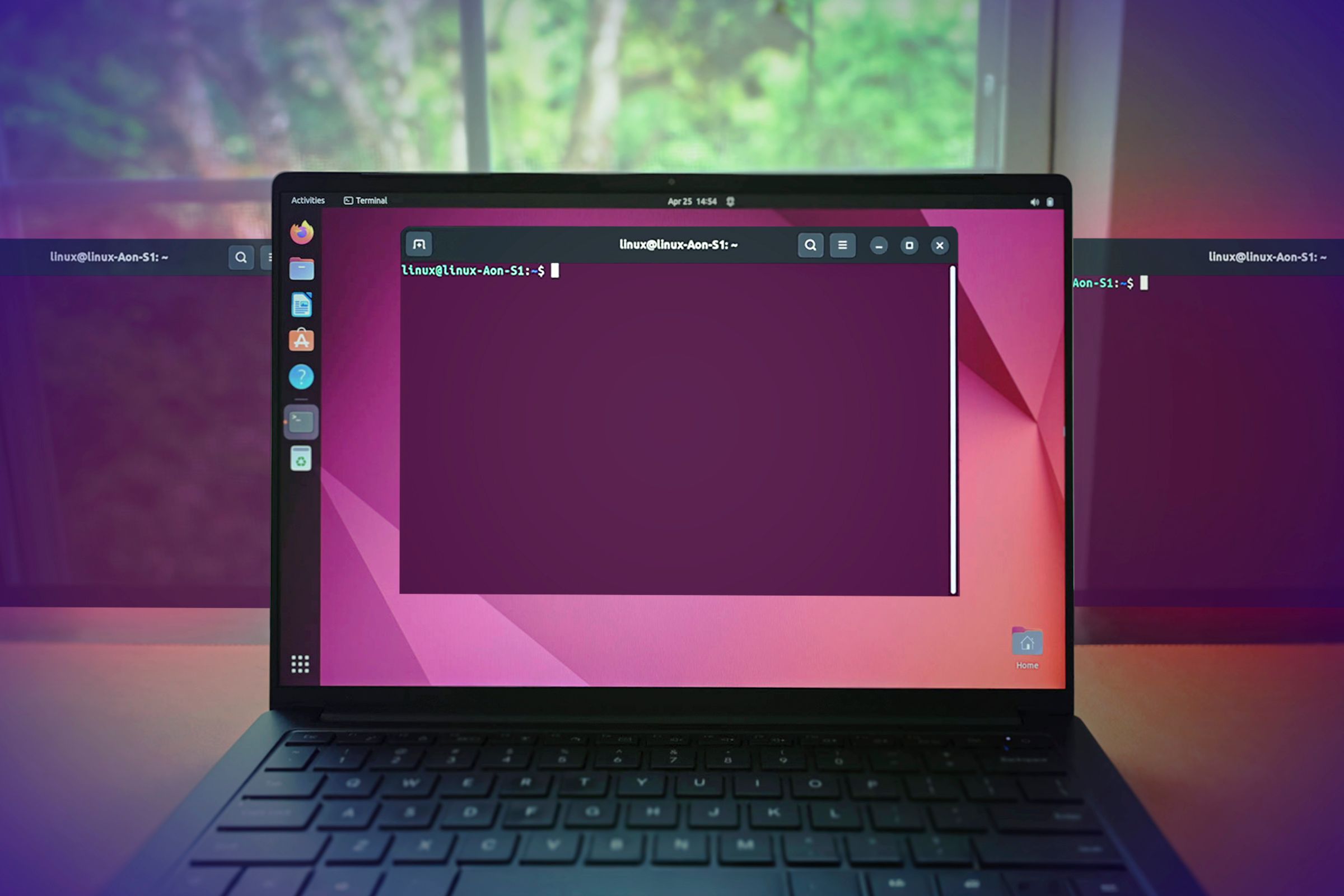
Have Your Linux Terminal Read to You With the espeak Command
Summary eSpeak lets you listen to your terminal commands instead of just reading them. You can install eSpeak through your default package manager such as uisng APT, DNF, or YUM. With various eSpeak options, you can adjust output speech, increase or decrease speech rate, and even choose different languages and accents. Want to listen to log files, command output, file…
Read More » -
Blog

Stuck in the Linux Terminal? Do This Before You Google It
Ever typed a command and then realized you have no idea how to use it? Before opening your browser and searching for answers, you can try out the built-in help in the Linux terminal that the command came with. Believe me, you don’t even need to search the internet most of the time. First, Try Built-in Help For many reasons,…
Read More » -
Blog
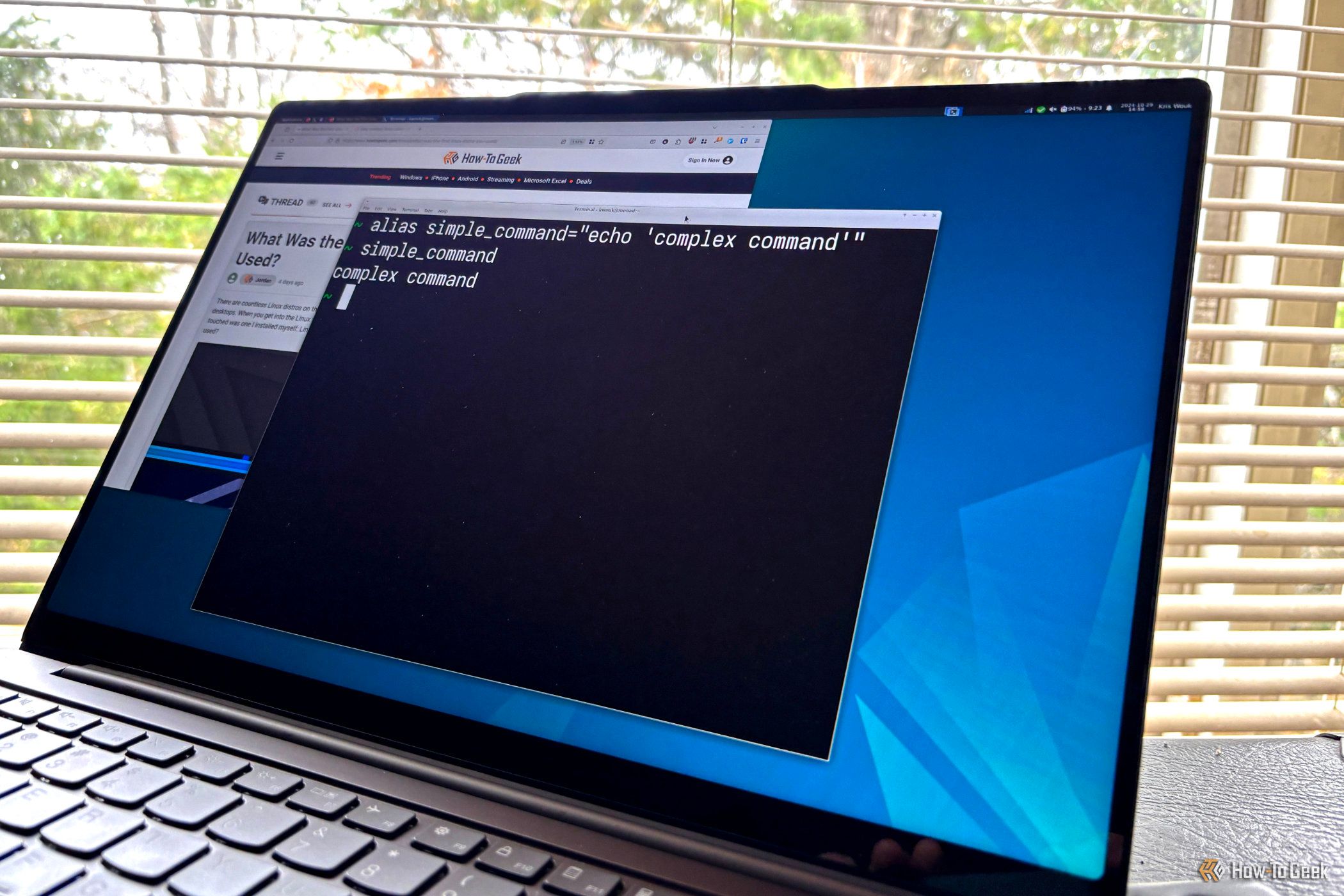
4 Ways to Make a File in the Linux Terminal
I’m a Linux terminal fan, always on the lookout for ways to perform common operations directly from the command line. One such operation I often perform in the terminal is the quick creation of a file. Several Linux commands allow us to create files without leaving the terminal. Create Files With No Content Sometimes, you just need a placeholder—a file…
Read More »

